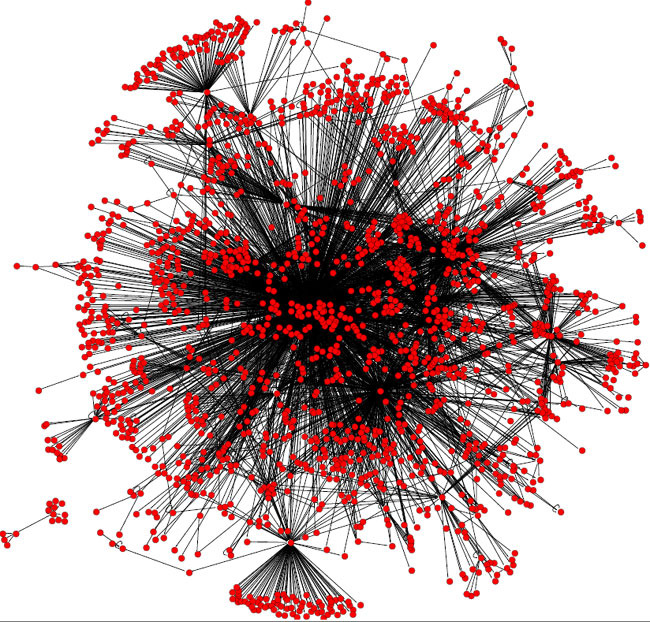Color of the Year 2017
I continue to be completely, and probably irrationally fascinated with Pantone's 'Color of the Year' designation and process.
In case you are unfamiliar (shock!), with Pantone and the Color of the Year designation here is all you need to know. Pantone is the world's leading authority on color, color systems, and publishes the industry standard definitions of colors. In other words that nice new orange shirt you just bought is not just 'orange' it is 'Pantone Persimmon Orange 16-1356 TPG'. Pantone provides guidelines and definitions for thousands of variations of colors, and it is the standard by which colors are classified.
Each year the color experts at Pantone declare one specific shade the 'Color of the Year'. This specific color, (in 2016 it was actually two colors of the year, 'Rose Quartz' and 'Serenity' in case you did not know), is meant to be a kind of reflection of trends in art, design, fashion, movies, popular culture, and branding and often will subsequently become more common in actual products like clothing and jewelry as a result of the Color of the Year designation. So perhaps if you think back on 2016 and think you have seen a lot of Rose Quartz and Serenity around - sort of a pastel-type pairing of blue and pink, you have Pantone to thank or blame for that.
So this week Pantone announced its choice for Color of the Year for 2017 a bright, happy, spring-like shade of green called oddly enough 'Greenery'.
The rationale behind this choice of of Greenery for color of the year?
Here's what Pantone's color experts had to say about the selection:
Greenery is a fresh and zesty yellow-green shade that evokes the first days of spring when nature’s greens revive, restore and renew. Illustrative of flourishing foliage and the lushness of the great outdoors, the fortifying attributes of Greenery signals consumers to take a deep breath, oxygenate and reinvigorate.
Greenery is nature’s neutral. The more submerged people are in modern life, the greater their innate craving to immerse themselves in the physical beauty and inherent unity of the natural world. This shift is reflected by the proliferation of all things expressive of Greenery in daily lives through urban planning, architecture, lifestyle and design choices globally. A constant on the periphery, Greenery is now being pulled to the forefront - it is an omnipresent hue around the world.
A life-affirming shade, Greenery is also emblematic of the pursuit of personal passions and vitality.
So what, if anything, should any of us care about what Pantone says about culture, trends, society, fashion, and how we all are collectively feeling - expressed through the colors we are seeing and using more and more?
I suppose the main thing to think about is right in the verbiage Pantone used to describe their thinking processes behind the selection. The words restore, renew, fortifying, and life-affirming all show up in the description. Pantone is suggesting that the colors (and feelings) we will seek in 2017 will be ones like Greenery, a color that (if such a thing is possible), will help to make us feel - comfortable, vibrant, refreshed, and more inspired to take on the world perhaps.
No matter your personal point of view, it is pretty fair to characterize 2016 as a kind of mixed bag of a year. The US economy continues to recover from the 2008 lows, unemployment is really low, the stock market as I write this is at another all-time high. But lots and lots of folks are not sharing equally, if at all, from this recovery and growth. And of course the recent election and the aftermath remind us all how fundamentally split this nation can be.
Pantone thinks/hopes that Greenery will 'provide us with the reassurance we yearn for amid a tumultuous social and political environment. Greenery symbolizes the reconnection we seek with nature, one another, and a larger purpose.'
Let's hope.
The colors we choose say plenty about us, about who we are, how we feel, and perhaps how we want to feel.
What do you think? Ready to rock plenty of Greenery in 2017? I think it would make an excellent tie, (in case you have not shopped for my Christmas present yet).
Have a great weekend!

 Steve
Steve




